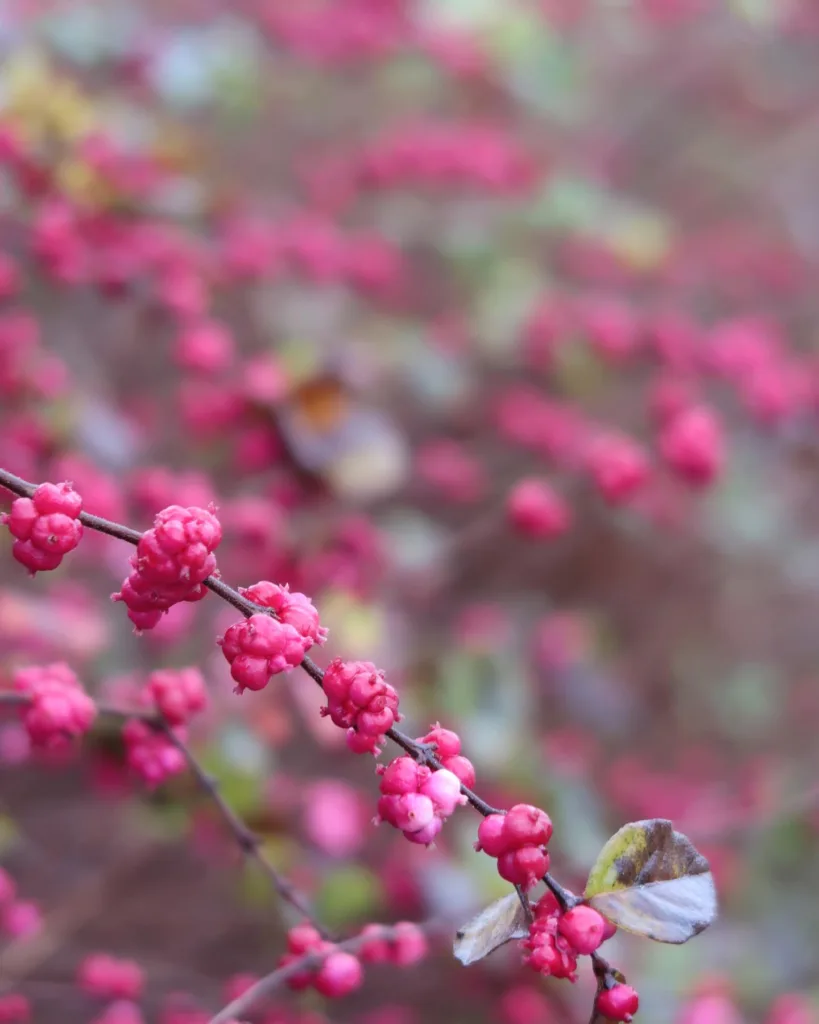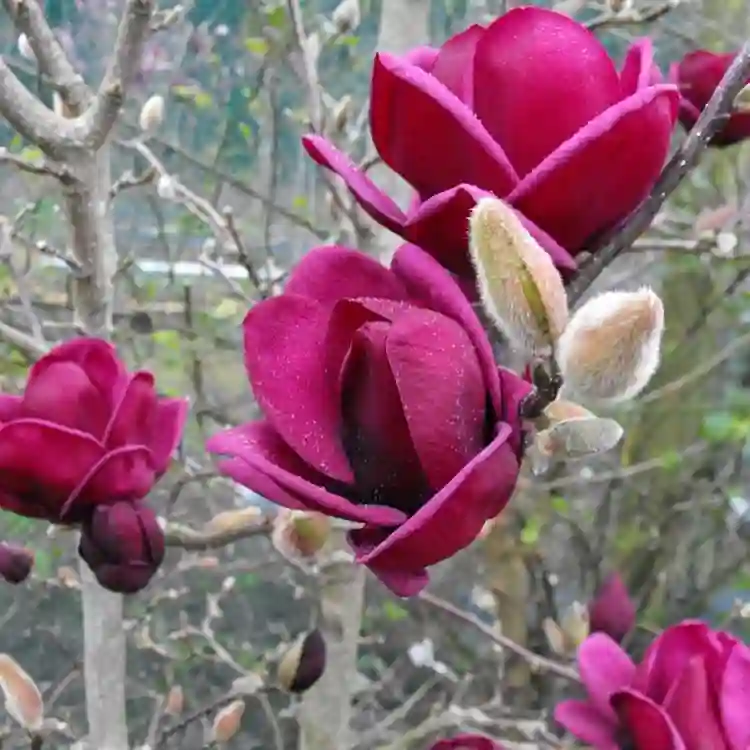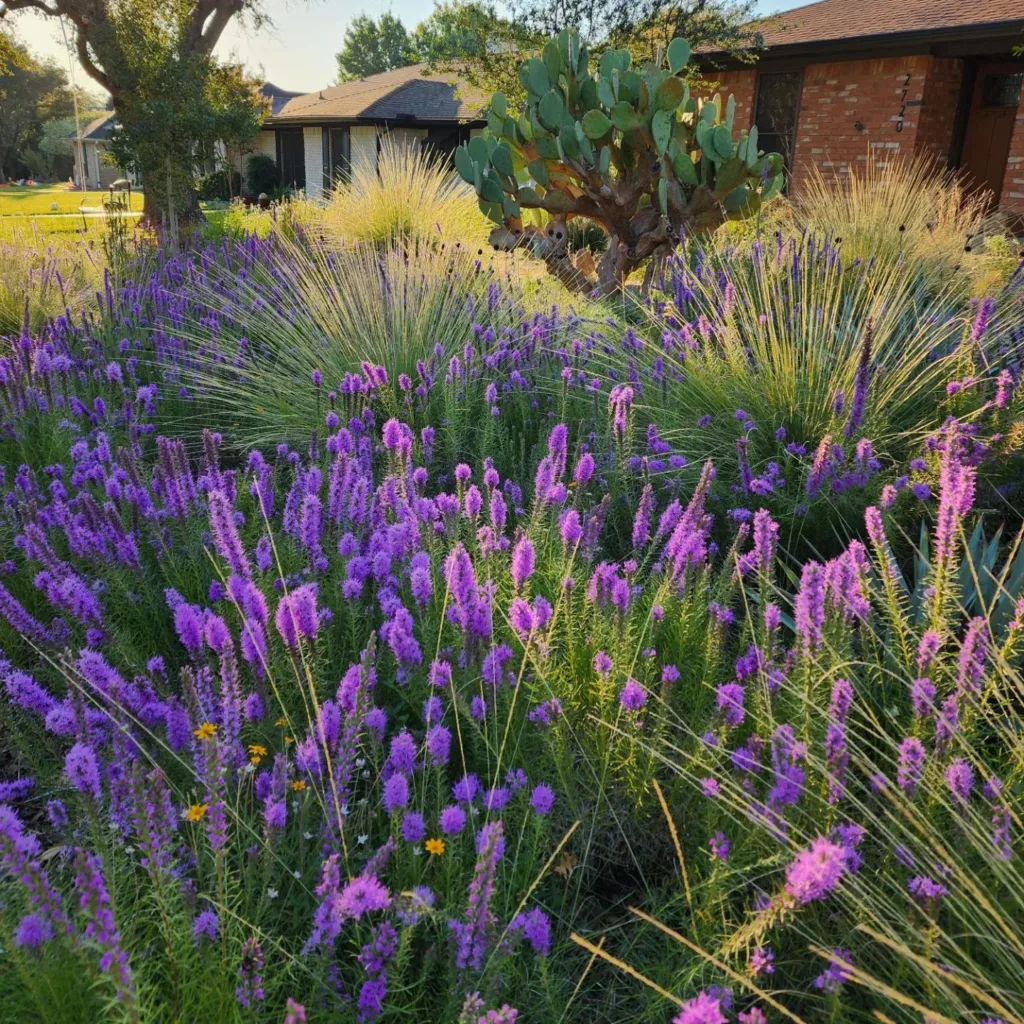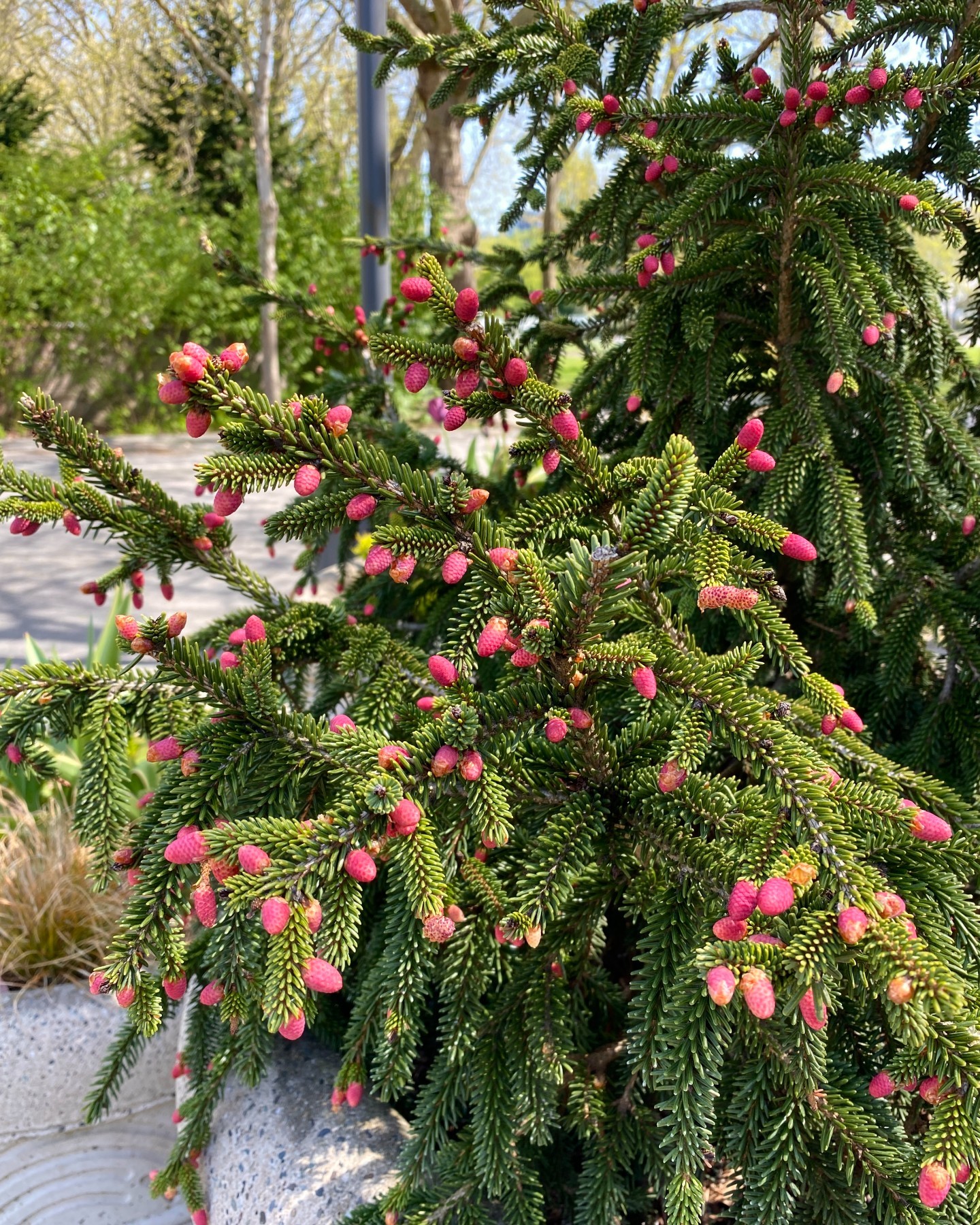FAQs About Christella Normalis
As a plant enthusiast, I often get questions about various species, and Christella Normalis is one that frequently comes up. Known for its elegant fronds and unique appearance, this plant can be a fascinating addition to any collection. In this article, I’ll address some of the most common questions about Christella Normalis, sharing my personal experiences and insights.
What is Christella Normalis?
Christella Normalis or Thelypteris Kunthii, belong to the Aspleniaceae family, is a fern native to tropical regions. It belongs to the family Thelypteridaceae, which includes many other attractive ferns. Christella Normalis is recognized for its delicate, lacy fronds that can add a touch of grace to any indoor or outdoor garden. It thrives in environments with high humidity and indirect light, making it ideal for terrariums and shaded garden spots.
Plant Family: 26 Genera in Aspleniaceae
How to Care for Christella Normalis?
Caring for Christella Normalis is relatively straightforward, but it does have specific needs that must be met to keep it healthy and vibrant.
Light
Christella Normalis prefers bright, indirect light. Direct sunlight can scorch its fronds, so it’s best to place it in a spot where it receives filtered light. If grown indoors, a spot near a north or east-facing window works well.
Watering
This fern likes consistently moist soil. I recommend watering it regularly, ensuring the soil remains damp but not waterlogged. Overwatering can lead to root rot, so it’s crucial to have good drainage in the pot or container.
Humidity
High humidity is essential for Christella Normalis. In my experience, this fern thrives in environments with humidity levels above 60%. If you live in a dry climate, consider using a humidifier or placing the fern on a humidity tray.
Temperature
Christella Normalis prefers temperatures between 65°F and 75°F (18°C to 24°C). Avoid placing it in areas with temperature fluctuations or drafts, as these can stress the plant.
How to Propagate Christella Normalis?
Propagation of Christella Normalis can be achieved through division, which is the most effective method. Here’s how I do it:
- Choose the Right Time: The best time to propagate is during the growing season, usually in spring or early summer.
- Prepare the Plant: Gently remove the plant from its pot and separate the root ball into smaller sections, each with a healthy root system and several fronds.
- Replant: Place each section into a new pot with fresh, well-draining potting mix. Water thoroughly and keep in a humid environment until new growth begins.
What to Plant With Christella Normalis?
Christella Normalis pairs well with other shade-loving plants. In my garden, I’ve had success combining it with species like:
- Pothos (Epipremnum aureum): The trailing vines of Pothos complement the upright fronds of Christella.
- Peace Lily (Spathiphyllum): Both plants enjoy similar humidity levels and indirect light.
- Boston Fern (Nephrolepis exaltata): This fern shares similar care requirements and adds a lush, green contrast.
Is Christella Normalis Toxic?
Christella Normalis is non-toxic to pets and humans. Unlike some other houseplants, you don’t have to worry about toxicity, which is a relief, especially if you have curious pets or small children.
Benefits of Christella Normalis
One of the main benefits of Christella Normalis is its ability to improve indoor air quality. Like many ferns, it helps filter out pollutants and adds moisture to the air, making your space healthier and more comfortable. Additionally, its elegant appearance can enhance the aesthetic appeal of any room or garden.
Common Problems with Christella Normalis
While Christella Normalis is relatively easy to care for, it can encounter a few common issues:
- Brown Tips: This often indicates low humidity or underwatering. To fix this, increase the humidity around the plant and ensure consistent watering.
- Yellowing Fronds: This can be a sign of overwatering or poor drainage. Check the soil and adjust your watering schedule if necessary.
- Pests: Like many ferns, Christella Normalis can attract pests such as spider mites and scale insects. Regularly inspect the plant and treat any infestations promptly.
Comparing Christella Normalis with Similar Ferns
Christella Normalis is sometimes confused with other ferns like:
- Nephrolepis exaltata (Boston Fern): While both ferns have delicate fronds, the Boston Fern is more robust and can tolerate a wider range of light conditions.
- Adiantum (Maidenhair Fern): Adiantum has a finer, more delicate leaf structure compared to the Christella. It also requires higher humidity levels and more consistent moisture.
In conclusion, Christella Normalis is a beautiful and rewarding plant to grow. With its specific care requirements and benefits, it can thrive in the right conditions and add elegance to your plant collection. Whether you’re a seasoned plant lover or just starting, this fern is worth considering for its unique charm and low toxicity.
If i die, water my plants!



